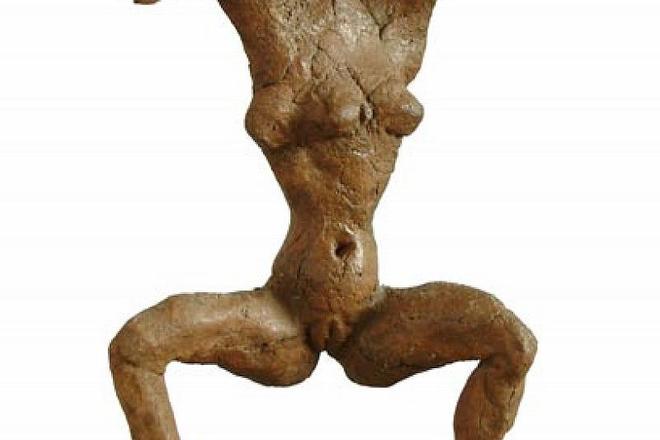HIS FIRST sculpture was made from wood and was named Plum Wood Song. After the events of 1968, abstract works were deemed by the regime not to be “convenient”, so he had to start making portraits. Today, his busts of famous Slovaks can be found all around the country and he enjoys considerable prestige as one of the most renowned figures of the local arts scene.
At the end of April, 72-year-old Alexander Ilečko was presented with the 2008 Visual Arts Fund Award for Lifetime Achievement. The Slovak Spectator took advantage of the occasion to speak to the artist about his impressions and views on the contemporary arts.
The Slovak Spectator (TSS): Do you think Slovak visual arts and sculpture have undergone noticeable change since the 1960s when you graduated from university?
Alexander Ilečko (AI): Traditional materials such as stone, wood or metal and genres like portraits or landscapes will hardly ever disappear. On the other hand, visual arts have recently been enriched with many new techniques that have remarkably influenced their trends. Sculptures can now be produced with the help of computers and some may even exist only virtually. As new approaches and methods are appearing every day, with visual arts starting to mix with other artistic fields, the situation is much more complex than it used to be fifty years ago. I think we still lack research that would map developments in this domain.
TSS: And have your own works somehow changed?
AI: This is too difficult to say. My works are my life and vice versa. It is too close. I cannot judge it properly.
TSS: Is Slovak artistic expression specific? Or is it different in some respects from, for example, that of other European nations?
AI: No new styles or art forms that would influence other countries have been born in Slovakia. The country has always followed the overall trends and tendencies that originated somewhere abroad. However, it is important that Slovak artists have never just blindly taken up the foreign models; they have always viewed these models from their own standpoints and enriched them with their own interpretations.
TSS: You usually make portraits, a process which includes perfectly capturing not only the outward appearance of your models but also their inner selves. Can you – in spite of this – put your own soul into the portraits? Do they have, so to say, “enough room”?
AI: Every good sculptor puts into his works a piece of his soul, his life and his experience. This applies also to portraits, for they can be made in countless styles even if the model is the same. But portraiture is a two-way exchange.
I have had the opportunity of immortalising a number of personalities, many of whom I knew in person. Interestingly, I often realised that I knew them better after I had finished portraying them.
TSS: At age 72 you still have your own atelier where you work every day with wood and bronze. What is the secret of such a long and successful career?
AI: Once, when leafing through my mother’s diary, I came across a beautiful motto extracted from a work by one of her favourite authors: “To live long and happy, one needs to feel a perpetual touch of beauty.” I think this is incredibly true. It is exactly from this “quest for beauty” that I draw my success and energy.


 With three heads, by A. Ilečko (source: www.artgallery-pallas.com)
With three heads, by A. Ilečko (source: www.artgallery-pallas.com)